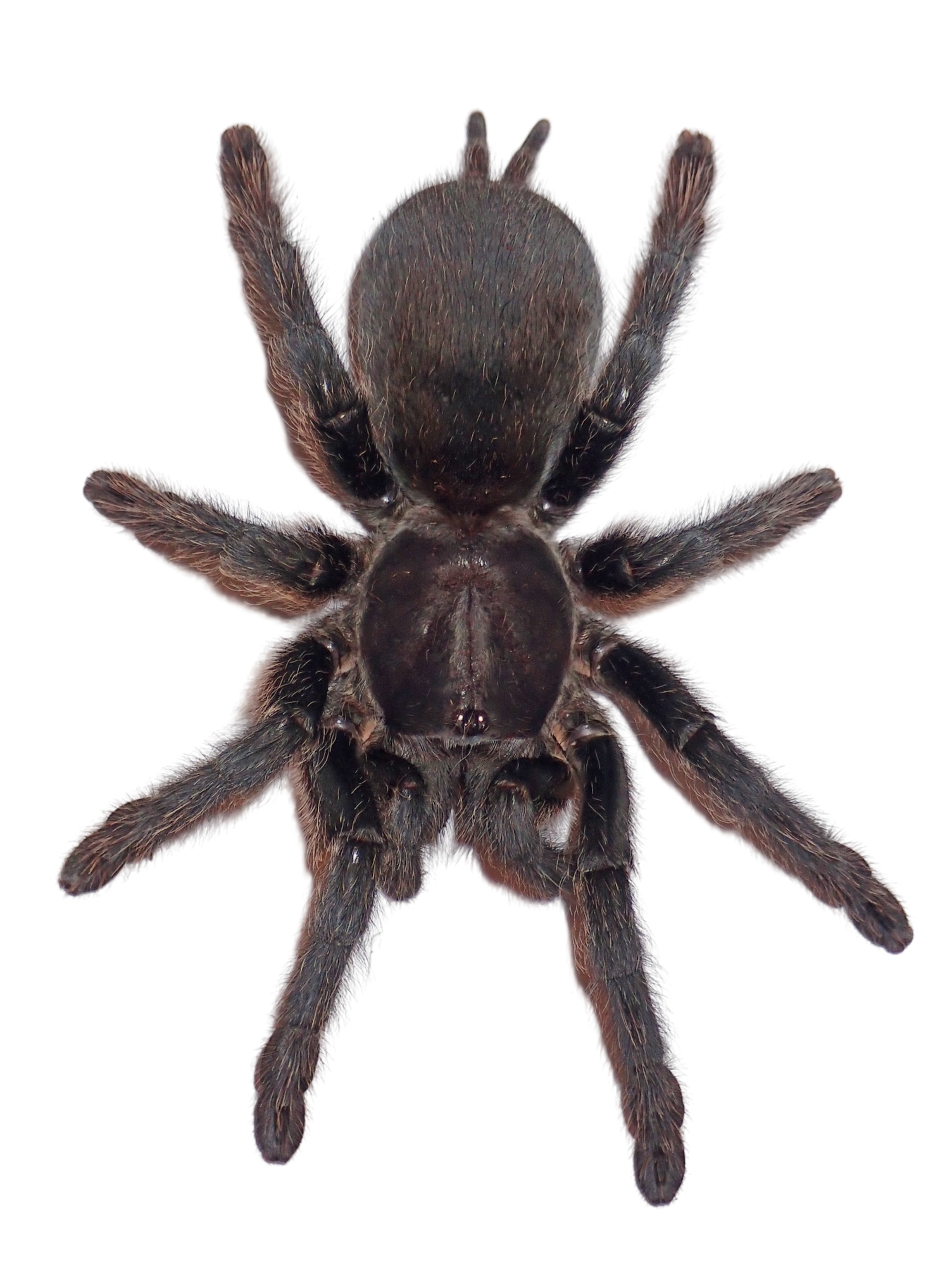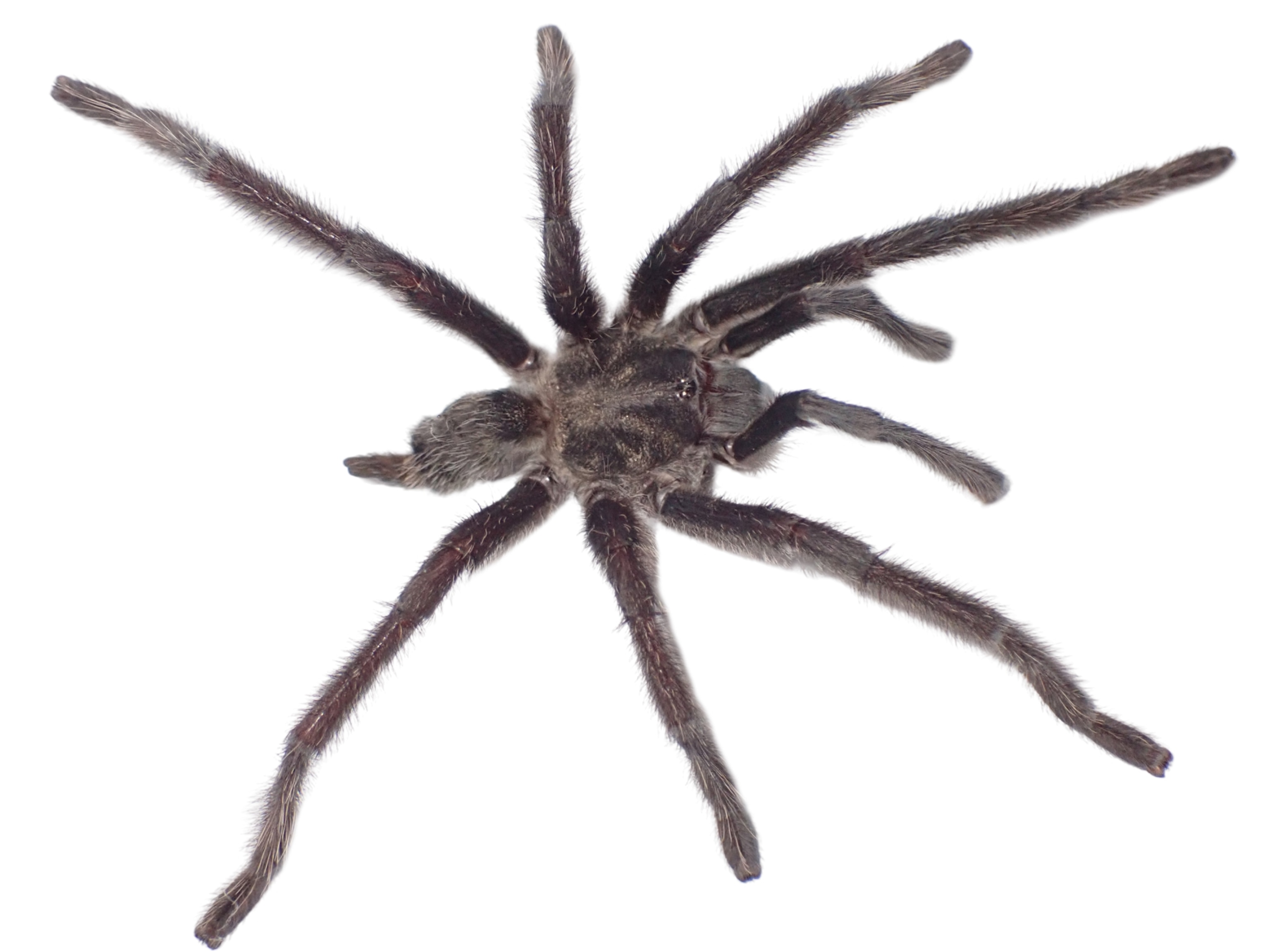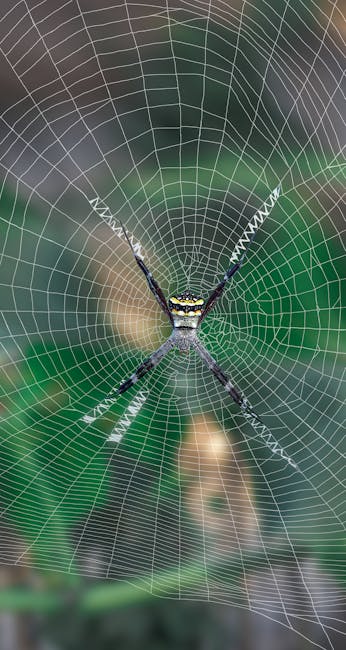When scientists discover a new species, they usually name it after the creature’s most notable characteristic. So why did a group of scientists recently name a newly discovered genus of tarantulas after satyrs, the famously well-endowed half-goat men from Greek mythology?
Like a satyr, the new species have massive members that dwarf those of all other tarantulas, scientists explain in a study published last month in the journal ZooKeys. Females in this genus are extremely aggressive, so scientists speculate that their males evolved ginormous genitals to keep a safer distance during mating.
“New species are found quite regularly, but finding large-sized spiders with such bold behavior and such unique features, that doesn’t happen every day,” says Alireza Zamani, an arachnologist at the University of Turku in Finland and co-author of the new find. “There’s a lot that we don’t know about our planet.”

Female tarantulas (Satyrex speciosus pictured) are known to eat males after sex.
Photograph By Premysl Fabianek

Chowing down on their mates may give females (Satyrex arabicus pictured) an energy boost to raise a clutch of eggs.
Photograph By Ibrahim Mohssin Fageeh
Let’s talk about tarantula sex
Last year, Zamani was poring over old records of tarantula sightings when he noticed something strange. The scientific record, the citizen science platform iNaturalist, and even social media sites were all teeming with reports of tarantulas with massive sex organs in the Arabian Peninsula and the Horn of Africa.
Tarantulas, like all spiders, don’t have penises; they have palps. Located near the spider’s mouth, palps are leg-like appendages that are used for everything from mating to feeding. Males have structures on their palps known as palpal bulbs. The bulbs look like boxing gloves and function like syringes. When it’s time to mate, males deposit sperm onto one of their webs and then transfer it to their papal bulbs. Once they have a female in their grasp, they will insert one of their palps into the female’s genital opening and deposit their sperm.
While palp size varies species to species, the palps that Zamani was seeing were unlike any he had seen before. He contacted researchers in Africa and the Middle East, and eventually got his hands on eight preserved specimens, their impressive palps intact, as well as photos and videos of them in the wild.
By studying their structure and DNA, Zamani and his colleagues were able to determine that these tarantulas not only belonged to four new species but also comprised an entirely new genus. They dubbed this new genus Satyrex, which is a combination of Satyr and the Latin word rēx, meaning king.All the spiders in this genus live underground and are “highly defensive and highly aggressive,” Zamani says.
The most aggressive of the bunch is Satyrex ferox. This spider, which is the largest in the genus, has palps that can reach a whopping five centimeters (nearly two inches), making them nearly as long as its longest legs. Their name comes from the Latin word for “fierce.” According to Zamani, this spider will assume a defensive posture at the slightest disturbance, raising its front legs and rubbing them together to make a hissing sound.
The tarantula tango
The researchers speculate that male members of Satyrex may have evolved their huge palps to avoid getting attacked and eaten by females during sex. For many tarantulas, mating is a deadly duel. During such bouts, males strive to inseminate and escape, while females fight to make a meal of their would-be suitors.
(See a rare video of tarantula mating.)
In nearly all tarantulas, including the new Satyrex species, males have evolved hooks on their front legs that they use to lock the female’s fangs in place during mating to stop her from biting them. While these little hooks work for most tarantulas, Zamani suspects they alone are unlikely to protect members of Satyrex from their feisty females. Having huge palps may help male Satyrex spiders maintain a safe(ish) distance from females during mating, he says.
“I think it’s a fascinating hypothesis that is very testable,” says Chrissie Painting, a behavioral ecologist who studies mating systems at the University of Waikato in New Zealand.
Painting, who was not involved with the study, says these spiders may be in the midst of an evolutionary arms race, with females evolving to become more aggressive in order to snag a snack that can sustain them in motherhood and males evolving better means of mating with them without getting eaten. While more research is needed to confirm this, Painting says, sexual cannibalism is a strong driver of evolution.
In other spider species with sexual cannibalism, Painting points out, males have evolved the ability to transfer sperm extremely quickly to reduce their chances of getting eaten while getting it on.
(Meet the tarantula named after Johnny Cash.)

Having longer leg-like genitals may help male Satyrex tarantulas (Satyrex arabicus shown) keep a safe distance from feisty females during sex.
Photograph By Ibrahim Mohssin Fageeh
A broader web of spider diversity
Zamani and his colleagues were surprised that the spiders they described in this study had gone undiscovered for so long. But our planet is home to over 1,000 species of tarantulas, and many have yet to be found. “The reality is that the vast majority of Earth’s biodiversity remains undocumented,” he says.
When it comes to the range of weird spiders yet to be discovered, these tarantulas may just be the tip.



